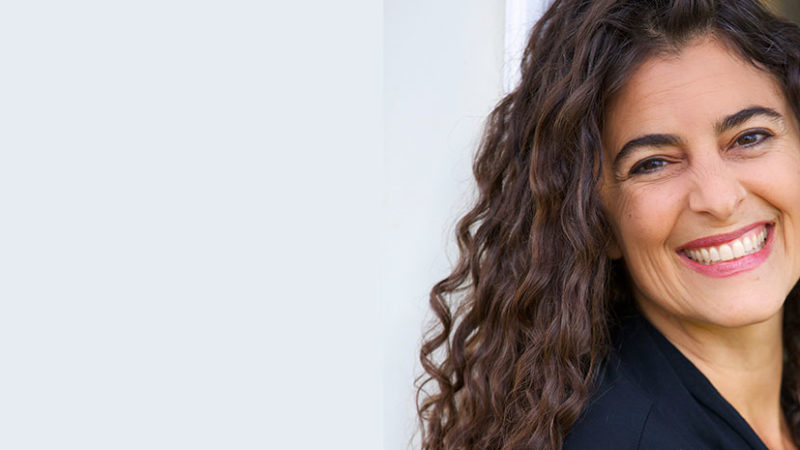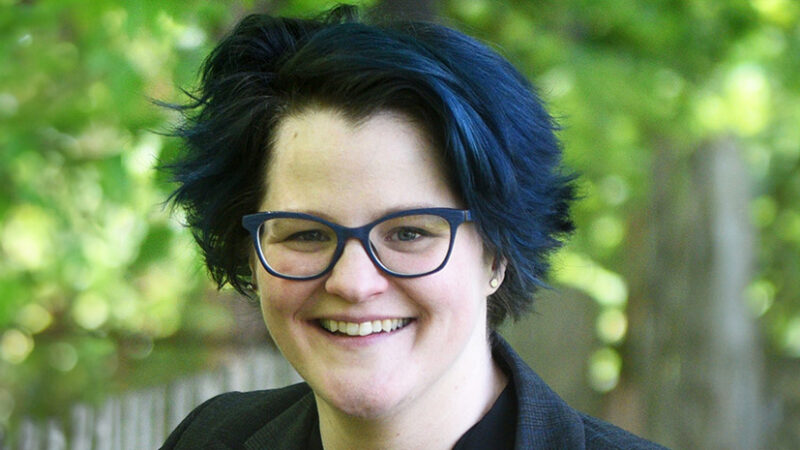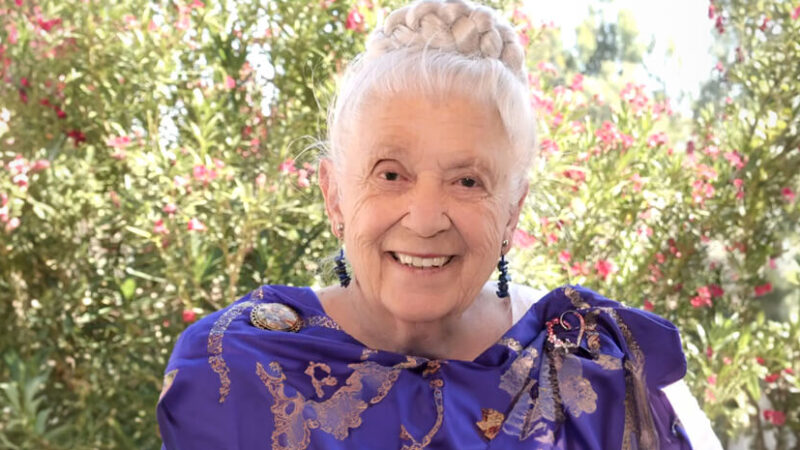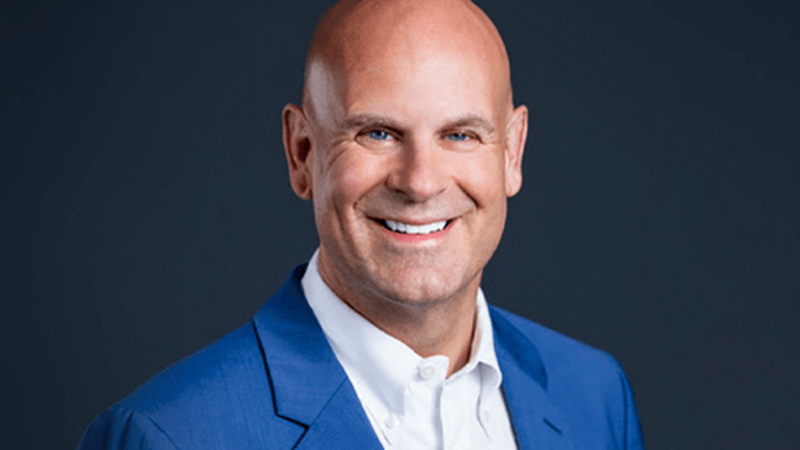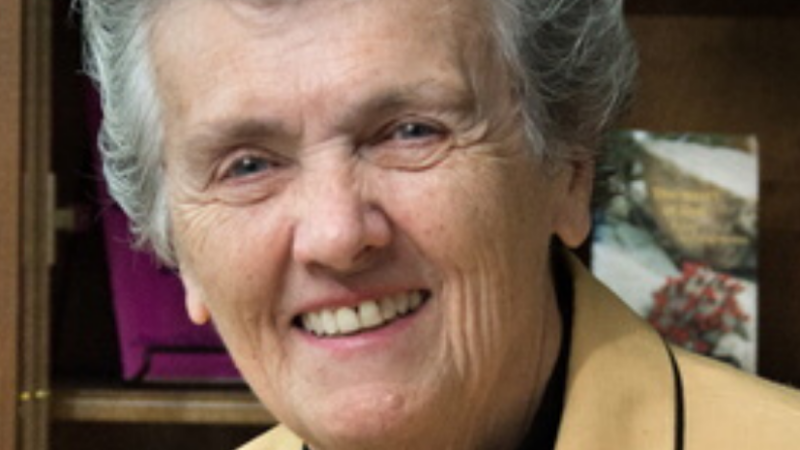If the only prayer you ever say in your whole life is ...
If the only prayer you ever say in your whole life is “thank you,” that would suffice. -Meister Eckhart
We are quite sure that tomorrow will come, that the most sacred in-breath and out-breath will be there, that grace will take shape as the sun falling into the ocean, that the love that animates this body will continue to take form in such a rare way. But some part of us knows that it is really so fragile here, so precarious, so extraordinary, that this life is not what we think, and that it will be returned to love very soon. It is too much, though, to let this in all the way, as we know that do so would change everything.
We really are on borrowed time, a loan of grace directly from the cells of the heart of the beloved. Yet we know that she will be asking for this unbearably precious gift to be returned soon, so that she may recycle the uniqueness that you are and swirl it out through this and all universes. She will paint the stars in the sky with the essence of what you are, with the signature of your unique soul, and with each and every light strand of your DNA. She will take every word of sweetness that you have ever uttered, every act of kindness you have ever performed, every moment of humility and longing in your heart, and use it to touch sentient life everywhere. And what you are will then pour through every shooting star that will ever fall through the sky again, into eternity; the dust of the stars and the dust of your heart weaved back into one substance.
So let us take just a moment and say thank you, and to get real clear about what it is we are ready to give, what is really and truly most important, and what is falling away.


